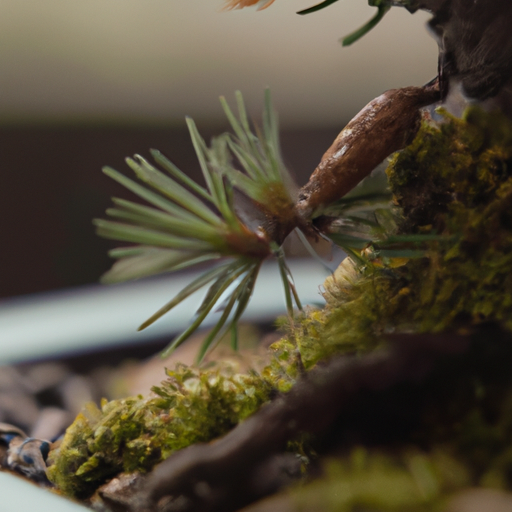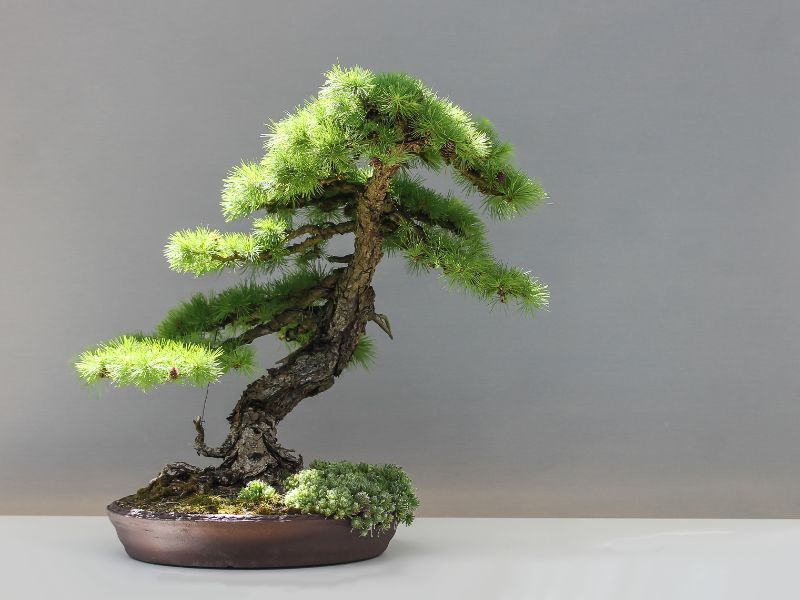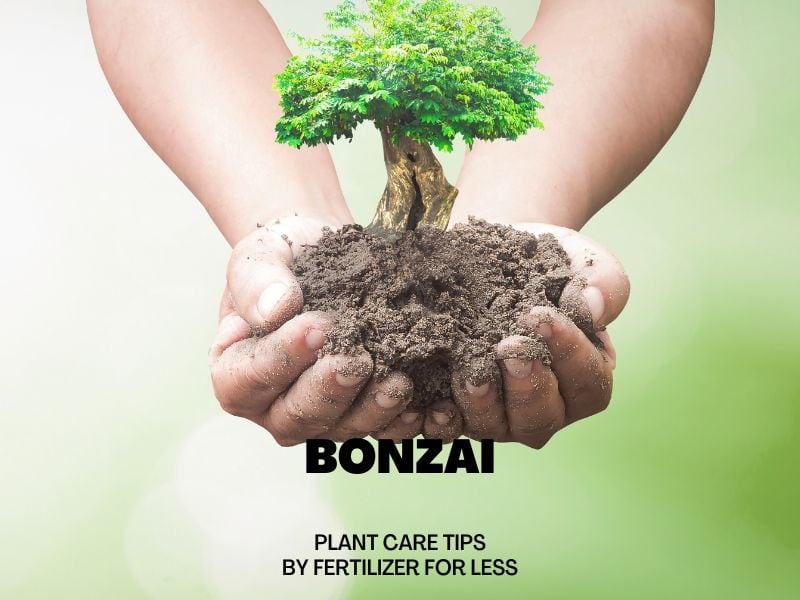Table of Contents
How to Prune a Larch Bonsai Tree for Optimal Growth

Are you looking for the most complete guide to Larch Bonsai plant care? Having a Larch Bonsai can be a fun and rewarding experience, but it does take a little specialized knowledge to make sure your plant is cared for properly. Let’s get started by understanding one of the most important aspects of caring for any type of bonsai – Pruning both roots and leaves.
Pruning your larch bonsai tree is an important part of keeping it healthy and promoting optimal growth. Here are some tips to help you get started:
1. Start by removing any dead or diseased branches. This will help keep your tree healthy and free of pests and diseases.
2. Prune back any branches that are growing too long or too thick. This will help keep your tree in balance and promote better growth.
3. Prune back any branches that are growing in an awkward direction. This will help keep your tree looking neat and tidy.
4. Prune back any branches that are growing too close together. This will help promote better air circulation and light penetration.
5. Prune back any branches that are growing too close to the trunk. This will help keep your tree looking more natural and balanced.
6. Prune back any branches that are growing too close to the ground. This will help keep your tree looking more natural and balanced.
7. Prune back any branches that are growing too close to other trees or plants. This will help keep your tree looking more natural and balanced.
By following these tips, you can help keep your larch bonsai tree healthy and promote optimal growth. Pruning your tree regularly will also help keep it looking neat and tidy, but before you get started you’ll need to make sure you’re using the right soil for your plant. Let’s take a look at that next, followed by some tips on watering, fertilizing, and eventually repotting your bonsai tree.

Understanding the Different Soil Requirements for Larch Bonsai Trees
If you’re looking to grow a larch bonsai tree, you’ll need to understand the different soil requirements for this type of tree. Larch bonsai trees are a type of coniferous tree, and they need soil that is well-draining and slightly acidic.
The best soil for larch bonsai trees is a mix of two parts akadama, one part pumice, and one part organic material. Akadama is a type of clay soil that is found in Japan and is known for its excellent drainage and water retention. Pumice is a type of volcanic rock that is lightweight and porous, which helps to aerate the soil and provide good drainage. The organic material can be anything from compost to peat moss, and it helps to provide nutrients to the tree.
When it comes to watering your larch bonsai tree, you should water it deeply but infrequently. This means that you should water it until the soil is saturated, but then wait until the soil is almost dry before watering it again. This will help to ensure that the soil is not too wet or too dry.
When it comes to fertilizing your larch bonsai tree, you should use a balanced fertilizer that is specifically designed for bonsai trees. You should fertilize your tree every two weeks during the growing season, and then reduce the frequency to once a month during the winter.
Finally, you should make sure that your larch bonsai tree is getting enough light. Larch bonsai trees prefer full sun, so make sure that your tree is getting at least six hours of direct sunlight each day.
By understanding the different soil requirements for larch bonsai trees, you can ensure that your tree is healthy and thriving. With the right soil, watering, and fertilizing, your larch bonsai tree will be a beautiful addition to your home.
The Benefits of Repotting a Larch Bonsai Tree
Repotting a larch bonsai tree is an important part of its care and maintenance. Repotting helps to ensure that your tree stays healthy and vibrant, and can even help it to grow and thrive. Here are some of the benefits of repotting a larch bonsai tree:
1. Improved Soil Quality: Repotting your larch bonsai tree helps to ensure that the soil it is planted in is of the highest quality. Over time, the soil can become compacted and depleted of essential nutrients, so repotting helps to replenish the soil and provide your tree with the nutrients it needs to stay healthy.
2. Increased Drainage: Repotting your larch bonsai tree also helps to improve drainage. This is important because larch bonsai trees need well-draining soil in order to thrive. By repotting your tree, you can ensure that the soil is not too wet or too dry, which can help to prevent root rot and other issues.
3. Improved Air Circulation: Repotting your larch bonsai tree also helps to improve air circulation. This is important because larch bonsai trees need plenty of air in order to stay healthy. By repotting your tree, you can ensure that the soil is not too dense, which can help to prevent disease and other issues.
4. Increased Growth: Repotting your larch bonsai tree can also help to promote growth. By repotting your tree, you can ensure that it has plenty of room to grow and develop. This can help to keep your tree healthy and vibrant for years to come.
Repotting your larch bonsai tree is an important part of its care and maintenance. By repotting your tree, you can ensure that it has the best soil quality, drainage, air circulation, and growth potential. So, if you want to keep your larch bonsai tree healthy and vibrant, make sure to repot it regularly!
Tips for Watering and Fertilizing a Larch Bonsai Tree
Watering and fertilizing your larch bonsai tree is essential for its health and growth. Here are some tips to help you get started:
Watering:
• Water your larch bonsai tree regularly, but don’t over-water it. The soil should be moist but not soggy.
• Check the soil before watering to make sure it’s not already wet.
• Water your larch bonsai tree from the top down, using a watering can or hose.
• Make sure the water is lukewarm and free of chlorine.
Fertilizing:
• Fertilize your larch bonsai tree every two weeks during the growing season.
• Use a balanced fertilizer that is specifically designed for bonsai trees.
• Apply the fertilizer to the soil around the tree, not directly on the foliage.
• Make sure to follow the instructions on the fertilizer package.
• Stop fertilizing your larch bonsai tree in the winter months.
By following these tips, you can ensure that your larch bonsai tree stays healthy and grows strong. For more tips on growing bonsai, check out these related posts by the team at Fertilizer for Less:


